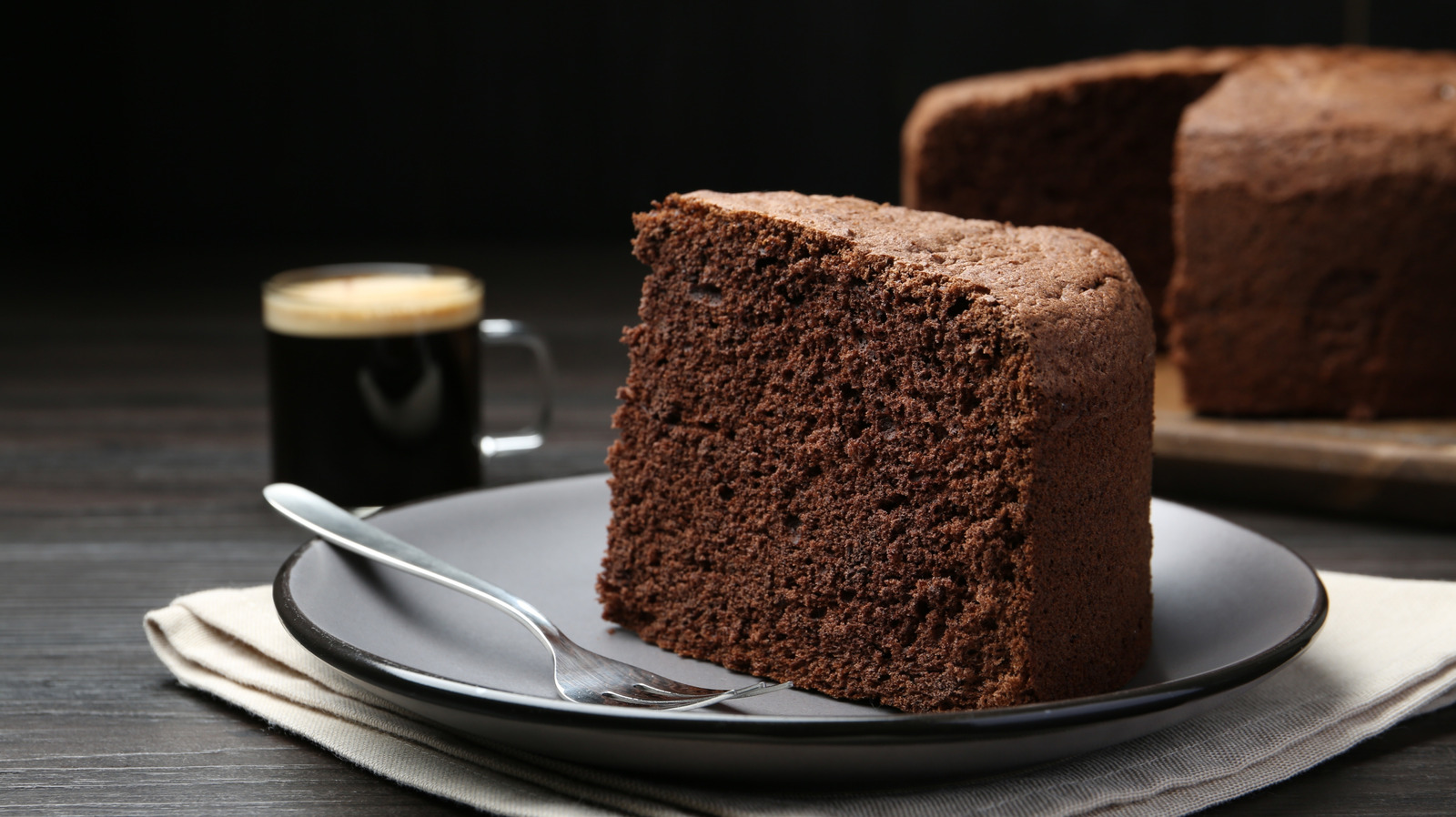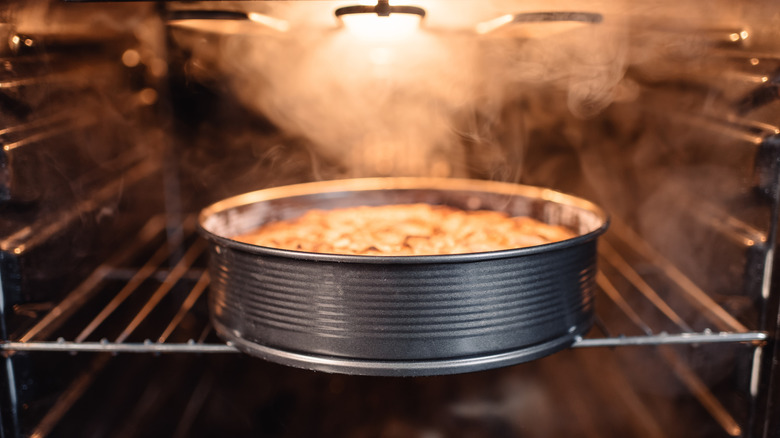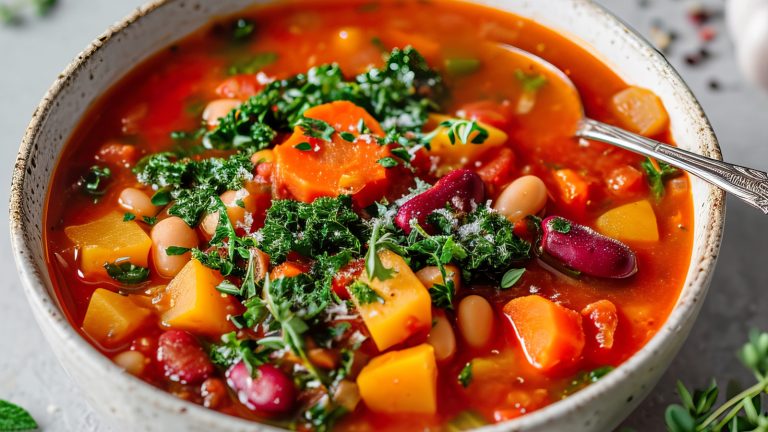We may receive a commission on purchases made from links.
Making even the simplest cakes can sometimes be fickle. Baking is a science, and not paying attention to details like measurements, rest times, and even the impact of altitude are all considered beginner baking mistakes. There are also multiple ways to bake a cake, from the dry-heat environment of an oven to the moisture-rich steaming method, and both can have significantly different results. There’s no “better” option; when picking between baked and steamed; it all comes down to the texture you want your sweetmeat to have.
Steaming results in a cake that is decadent, moist, and denser than its oven counterpart. Conversely, baking in the oven allows you to have more control over the texture. You can make moist cakes in an oven, but you can also achieve browning and a nice crumbly texture like you’d want with a beginner-friendly dump cake, for instance. A steamed cake has a very specific texture — one that is dense yet fluffy — which is difficult to recreate in a conventional oven. If that’s the rich texture you’re after, steaming may be the way to go. However, if you want it to have more contrasting internal and external textures, use an oven to bake the cake.
Steam cakes for a moist, dense, even texture
A steamed cake gets its texture because the moisture-rich cooking environment doesn’t allow it to dry out. Many steamed cake recipes can also be lighter on oil or butter. Fats, in general, help keep cake moist. Since the oven is already doing that with steam, you can achieve a tender, moist crumb despite using less fat, along with a texture that is dense but also light. In fact, steamed cakes may even appear moist enough to be raw. Always stick a toothpick into the center. If it comes out clean, the cake is cooked through.
When making a steamed cake, whether on a stovetop steaming pot (which can take longer) or in a Nuwave Combi Steam Oven or similar model, you can’t simply take any baked cake recipe and cook it with steam. The best types of cakes for steaming are spongey ones that benefit from this texture. Simple chocolate, vanilla sponge, and fruit cakes work well. Since the entire cake will have an even texture, steamed cakes aren’t the best for topping with anything you’d want to get crispy, toasty, or caramelized.
If you find the texture too dense, consider reducing the amount of batter you’re putting into the tin. A thinner layer of batter rises to become a fluffier cake when steamed. Thus, steamed cakes are also a good option for layered cakes where you can split the batter into two tins to get two fluffy sponge cakes, which you can combine with icing in the middle.
Bake cakes in the oven for more contrasting textures
The oven, meanwhile, is great for any sort of cake that benefits from a dry-heat cooking environment. Think fudgy brownies that are cracked and crumbly on the outside and decadently dense inside, or a Basque cheesecake with its iconic caramelized exterior. Initiating the Maillard reaction (the chemical reactions that occur when heat meets reducing sugars and proteins) allows you to make cakes that have browning and crisping on their exteriors.
The oven actively removes moisture from cake batter. As the moisture in the batter turns to steam and expands, it acts as a leavening agent. Thus, you can also use an oven to make a cake that is very light and fluffy. However, there is always a risk of overdrying, which is why it is important to have a good amount of fat in the batter. For a more tender texture in oven-baked cakes, switch to cake flour from all-purpose flour if you haven’t already. And, if it’s a bakery-worthy chocolate cake you’re after, a few simple swaps like oil instead of butter (or a bit of both) can help make the cake ultra-moist. Ultimately, the oven is more versatile and offers a range of textural options when it comes to baking cakes. However, it cannot recreate the exact crumb of a steamed cake.







